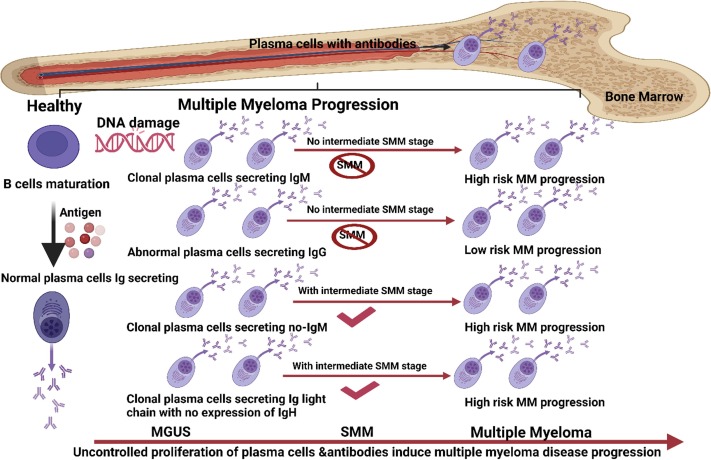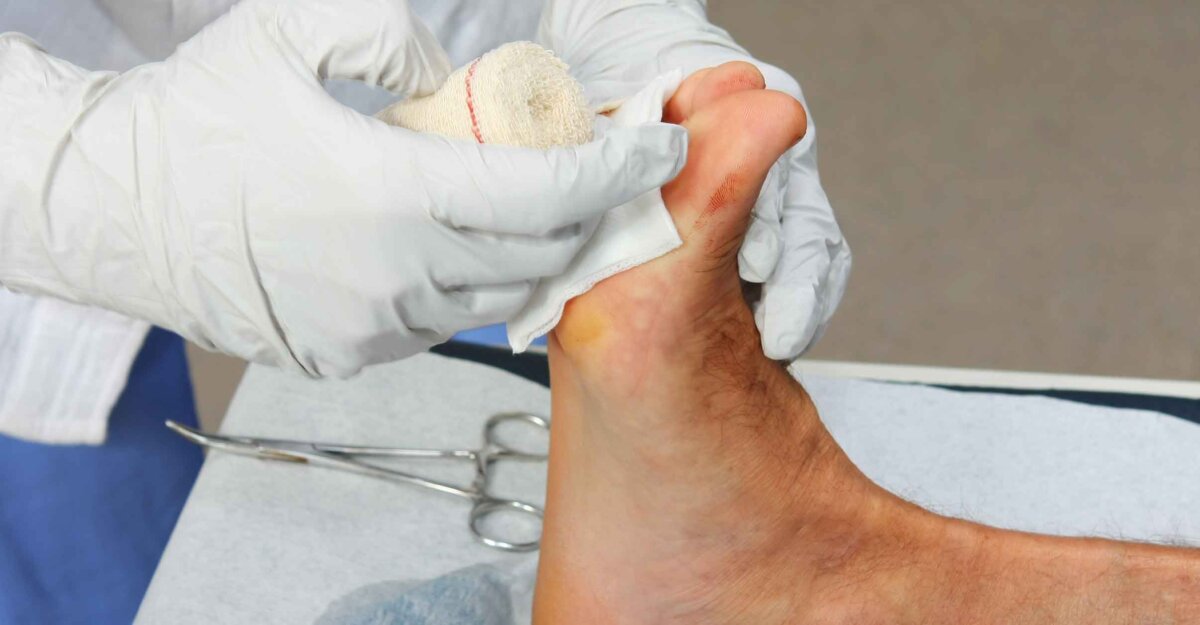
Radiation, an omnipresent force in the universe, can manifest in both beneficial and detrimental ways. While harnessed for medical imaging and cancer treatment, uncontrolled exposure to ionizing radiation poses a significant threat to human health, with carcinogenesis – the development of cancer – being a primary concern. Understanding the intricate mechanisms by which radiation initiates and promotes tumor formation is crucial for effective risk assessment, prevention strategies, and the development of targeted therapies.
The Initial Interaction – Energy Deposition and Ionization
The journey of radiation carcinogenesis begins with the interaction of ionizing radiation with biological tissues. Ionizing radiation, such as X-rays, gamma rays, and alpha and beta particles, possesses enough energy to dislodge electrons from atoms and molecules, creating ions. This process, known as ionization, is the fundamental event that initiates a cascade of damaging effects. When radiation traverses cells, it interacts with various cellular components, including water, proteins, lipids, and crucially, DNA.
The energy deposition is not uniform; it occurs along the radiation track. For sparsely ionizing radiation like X-rays and gamma rays, the energy deposition is spread out, creating scattered ionizations. In contrast, densely ionizing radiation like alpha particles deposits a large amount of energy in a very small volume, leading to clustered damage. This difference in energy deposition pattern significantly influences the type and severity of DNA damage.
Direct and Indirect DNA Damage – The Molecular Assault
Following ionization, the damage to DNA can occur through two primary pathways: direct and indirect.
- Direct DNA Damage: This occurs when ionizing radiation directly strikes the DNA molecule, breaking chemical bonds within the sugar-phosphate backbone or altering the nitrogenous bases. This can lead to single-strand breaks (SSBs), where one strand of the DNA helix is severed, or double-strand breaks (DSBs), where both strands are broken. DSBs are considered particularly lethal and difficult to repair accurately. Base damage, such as oxidation or alkylation of bases, can also occur, leading to mispairing during DNA replication.
- Indirect DNA Damage: This is the more prevalent mechanism, accounting for approximately two-thirds of radiation-induced DNA damage. Water molecules, which constitute a large proportion of cellular content, are ionized by radiation, producing highly reactive oxygen species (ROS), also known as free radicals. These include hydroxyl radicals (•OH), superoxide radicals (O2•−), and hydrogen peroxide (H2O2). These ROS can then diffuse and interact with DNA, leading to oxidative damage. This damage can manifest as base modifications (e.g., 8-oxoguanine), sugar damage, and SSBs. If the ROS are not neutralized by cellular antioxidant defense systems, they can propagate a chain reaction of oxidative damage throughout the cell.
The Spectrum of DNA Lesions – From Simple to Complex
The initial interactions with radiation lead to a diverse array of DNA lesions. These can be broadly categorized as:
- Single-Strand Breaks (SSBs): These are relatively common and can be repaired efficiently by cellular machinery.
- Double-Strand Breaks (DSBs): These are the most biologically significant and challenging lesions to repair. They are often generated by densely ionizing radiation but can also arise from clustered SSBs. If not repaired correctly, DSBs can lead to chromosomal aberrations.
- Base Modifications: These include oxidation, alkylation, and deamination of DNA bases, which can distort the DNA helix and lead to misincorporation of bases during replication.
- Cross-links: Radiation can induce intra-strand or inter-strand cross-links, which physically tether DNA strands together, hindering replication and transcription.
- DNA-Protein Cross-links: Radiation can also create covalent bonds between DNA and associated proteins, further complicating repair processes.
The Cellular Response – Repair, Cell Cycle Arrest, or Death
Upon sensing DNA damage, cells activate a complex network of response pathways to maintain genomic integrity.
- DNA Repair Mechanisms: Cells possess sophisticated DNA repair systems to counteract the damage.
- Base Excision Repair (BER): Primarily handles oxidized or alkylated bases and SSBs.
- Nucleotide Excision Repair (NER): Deals with bulky lesions that distort the DNA helix.
- Homologous Recombination (HR): A highly accurate repair pathway for DSBs, primarily active during the S and G2 phases of the cell cycle, utilizing a homologous template (sister chromatid) for repair.
- Non-Homologous End Joining (NHEJ): A more error-prone pathway for DSBs that directly ligates broken DNA ends. It is active throughout the cell cycle but is less accurate than HR and can lead to small insertions or deletions.
- Cell Cycle Checkpoints: To allow time for repair and prevent propagation of damaged DNA, cells activate cell cycle checkpoints. These checkpoints transiently halt the cell cycle at specific transition points (e.g., G1/S, G2/M), providing an opportunity for DNA repair. Key players in these checkpoints include ATM (Ataxia-Telangiectasia Mutated) and ATR (Ataxia-Telangiectasia and Rad3-Related) kinases, which sense DNA damage and activate downstream effector proteins like p53.
- Apoptosis (Programmed Cell Death): If the DNA damage is too extensive or irreparable, cells can initiate apoptosis, a self-destruction process that eliminates damaged cells and prevents them from becoming cancerous. This is a crucial protective mechanism.
The Genomic Instability – Errors in Repair or Consequences of Unrepaired Damage
The critical juncture where radiation carcinogenesis can truly begin is when cellular responses falter. If DNA repair mechanisms are overwhelmed, inaccurate, or if checkpoints fail, the consequences can be profound.
- Mutations: Errors during DNA replication in the presence of unrepaired base damage or SSBs can lead to point mutations (substitutions, insertions, or deletions of single nucleotides).
- Chromosomal Aberrations: Inaccurate repair of DSBs, particularly through NHEJ, can result in more drastic alterations to chromosome structure. These include:
- Translocations: Exchange of genetic material between non-homologous chromosomes.
- Deletions: Loss of segments of chromosomes.
- Inversions: Reversal of segments within a chromosome.
- Duplications: Repetition of chromosomal segments.
- Aneuploidy: Abnormal number of chromosomes.
These genetic alterations, especially if they occur in critical genes that regulate cell growth, division, and death, can initiate the transformation of normal cells into pre-cancerous ones.
Clonal Expansion and Tumorigenesis – The Genesis of Cancer
The accumulation of multiple genetic and epigenetic alterations within a single cell creates the foundation for cancer. This altered cell, now possessing a growth advantage, can begin to proliferate uncontrollably. This process is known as clonal expansion.
- Proto-oncogenes and Tumor Suppressor Genes: Radiation-induced mutations can activate proto-oncogenes (genes that promote cell growth) into oncogenes, leading to uncontrolled proliferation. Conversely, mutations can inactivate tumor suppressor genes (genes that normally inhibit cell growth or promote apoptosis), removing crucial brakes on cell division. For example, mutations in the TP53 gene, a key tumor suppressor, are common in radiation-induced cancers.
- Epigenetic Modifications: Beyond genetic mutations, radiation can also induce epigenetic changes – alterations in gene expression that do not involve changes to the underlying DNA sequence. These can include DNA methylation and histone modifications, which can silence tumor suppressor genes or activate oncogenes.
Over time, through further accumulation of genetic and epigenetic changes, these proliferating cells can acquire additional hallmarks of cancer, such as sustained proliferative signaling, evasion of growth suppressors, resistance to cell death, enabling replicative immortality, inducing angiogenesis (formation of new blood vessels to supply the tumor), and activating invasion and metastasis (spread to other parts of the body).
The Role of Bystander Effects and Genomic Instability Syndrome
Beyond direct damage to irradiated cells, radiation can also induce effects in neighboring, non-irradiated cells, known as bystander effects. This phenomenon is thought to occur through the release of signaling molecules and reactive oxygen species from irradiated cells, which can induce DNA damage, mutations, and chromosomal abnormalities in surrounding cells.
Furthermore, radiation can induce a state of “genomic instability syndrome” in cells, characterized by an increased propensity to accumulate mutations and chromosomal aberrations over subsequent cell divisions, even after the initial radiation exposure has ceased. This delayed and persistent genomic instability contributes to the long latency period observed between radiation exposure and cancer development.
Conclusion
The mechanism of radiation carcinogenesis is a complex, multi-step process that begins with the physical interaction of ionizing radiation with cellular components, primarily DNA. This interaction leads to a spectrum of DNA damage, which, if not accurately repaired, results in genetic and epigenetic alterations. These alterations can activate oncogenes, inactivate tumor suppressor genes, and disrupt crucial cellular pathways, ultimately leading to uncontrolled cell proliferation and tumor formation. The interplay of direct and indirect damage, the efficiency of DNA repair and cell cycle checkpoints, and the possibility of bystander effects and ongoing genomic instability all contribute to the insidious nature of radiation-induced cancer. A thorough understanding of these intricate mechanisms is paramount for developing effective strategies to mitigate the carcinogenic risks associated with radiation exposure and for advancing our ability to combat radiation-induced malignancies.
References
- Aubry, M., Perdereau, B., & Giraud, Y. (2019). Radiation-induced DNA damage and repair. Cells, 8(1), 69.
- Bao, S., Wu, R., She, X., Zhang, M., & Li, J. (2021). Radiation-induced DNA damage and repair mechanisms. Frontiers in Cell and Developmental Biology, 9, 655965.
- Camilleri-Broet, S., & Verrando, P. (2019). Mechanisms of radiation carcinogenesis. International Journal of Molecular Sciences, 20(24), 6244.
- Hosen, M. R., & Nishikawa, T. (2020). Mechanisms of radiation-induced DNA damage and repair in mammalian cells. International Journal of Radiation Biology, 96(7), 842-855.
- Little, J. B. (2007). Radiation carcinogenesis. Environmental Health Perspectives, 115(9), A422-A426.
- Mei, Y., & Sun, Y. (2020). Mechanisms of radiation-induced genomic instability and its implications for radiation carcinogenesis. Frontiers in Oncology, 10, 567103.
- Morgan, W. F. (2003). Radiation-induced genomic instability: a critical review. Radiation Research, 159(5), 567-590.
- Perez-Plaza, A., & Barroso, R. (2021). Radiation-induced bystander effects: mechanisms and implications for radiation protection. International Journal of Radiation Biology, 97(10), 1335-1348.
- Rufer, N. (2020). Radiation damage to DNA: from molecules to cell death. International Journal of Molecular Sciences, 21(16), 5770.
- Tominaga, R., & Iwai, S. (2021). Molecular mechanisms of DNA double-strand break repair and their implications for cancer. Genes, 12(11), 1745.







